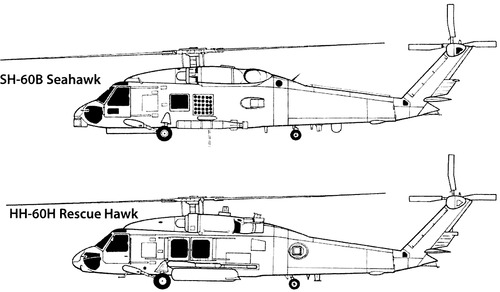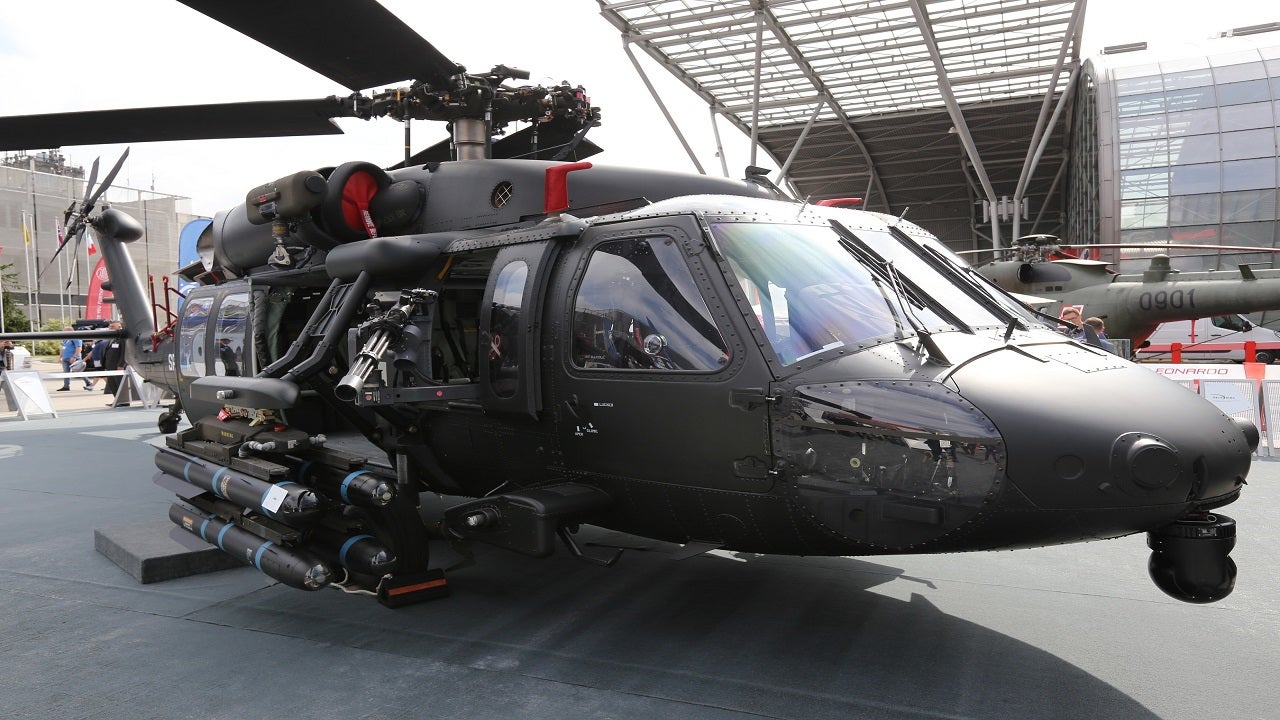How the Sikorsky S 70 Sticks Out in the Helicopter Industry
High-Performance Multi-Role Rotorcraft Featuring Advanced Cabin Technologies and Integrated Sensor Solutions
The world of rotorcraft technology has seen remarkable advancements in recent times, especially in the world of high-performance multi-role rotorcraft equipped with advanced cockpit innovations and perfectly integrated sensor systems. In the following discussion, we will check out the advancement of rotorcraft innovation, dig into the realm of advanced cockpit developments, and analyze the ramifications of integrated sensing unit systems on the operational versatility and effectiveness of modern-day rotorcraft.
Evolution of Rotorcraft Innovation
The development of rotorcraft technology has been marked by substantial innovations in aerodynamics, products, and propulsion systems, forming the capabilities and performance of modern-day rotorcraft. Additionally, improvements in propulsion systems, consisting of a lot more powerful engines and cutting-edge propulsion innovations, have made it possible for rotorcraft to attain higher altitudes, faster rates, and higher hauls.
These developments have not just changed the abilities of rotorcraft however have additionally broadened their applications across numerous sectors, including army, business, and emergency services. The continual evolution of rotorcraft innovation continues to drive innovation in the area, pushing the boundaries of what is possible and forming the future of vertical flight.
Advanced Cockpit Innovations
Building upon the fundamental innovations in aerodynamics, materials, and propulsion systems, the world of rotorcraft innovation currently moves emphasis in the direction of introducing Advanced Cockpit Innovations. The integration of innovative innovations within the cabin setting plays a crucial role in enhancing the operational abilities, safety and security, and effectiveness of contemporary rotorcraft. sikorsky s 70. Advanced Cockpit Innovations incorporate a wide range of functions made to give pilots with improved situational awareness, streamlined information administration, and intuitive control user interfaces
One of the essential developments in cabin style is the application of glass cabins, which replace typical analog gauges with high-resolution displays. These digital systems use adjustable designs, real-time information assimilation, and enhanced readability, enabling pilots to accessibility essential details at a look. Furthermore, progressed avionics systems, such as fly-by-wire controls and boosted fact screens, are reinventing how pilots connect with the aircraft, permitting precise control and enhanced decision-making capabilities.


Including sophisticated cockpit developments not only improves pilot efficiency however additionally adds to total objective efficiency and safety in intricate operational atmospheres. By leveraging advanced modern technologies within the cabin, rotorcraft producers are establishing new criteria for functional excellence and goal success.
Integrated Sensor Solutions
With the advancement of rotorcraft technology, the combination of advanced Integrated Sensing unit Systems has become critical in improving operational efficiency and security. These Integrated Sensor Equipments include a vast array of modern technologies that offer vital data for numerous features such as navigation, surveillance, targeting, and environmental monitoring. By seamlessly incorporating sensors like radars, cams, lidar, and infrared systems into rotorcraft, drivers can gain from enhanced situational awareness, enhanced goal capacities, and decreased pilot work.
One key advantage of Integrated Sensing unit Solutions is their ability to gather real-time information and provide workable understandings to pilots and goal drivers. Progressed radar systems can detect and track targets over long distances, enabling for early risk detection and efficient feedback planning. In addition, integrating electro-optical and infrared cameras allows rotorcraft to perform reconnaissance and surveillance missions with accuracy and precision.
In significance, the assimilation of cutting-edge sensor innovations right into rotorcraft not just improves functional efficiency however also adds substantially to total mission success and staff safety and security. As rotorcraft remain to advance, the duty of Integrated Sensor Solution will definitely remain at the forefront of advancement in the aerospace industry.
Operational Adaptability and Performance
Enhancing functional flexibility and efficiency in rotorcraft is a natural progression from the combination of advanced Integrated Sensor Solutions. By leveraging the insights and visit homepage data provided by these sophisticated sensor systems, rotorcraft can optimize their efficiency across different objectives and atmospheres.
Functional versatility includes the capacity of rotorcraft to adjust to various duties and situations successfully. With advanced cockpit innovations and integrated sensing unit systems, rotorcraft can effortlessly change between tasks such as search and rescue, clinical emptying, surveillance, and much more. This flexibility improves the rotorcraft's ability to satisfy varied operational requirements without calling for extensive reconfiguration.
Performance in rotorcraft operations is vital for optimizing mission efficiency and resource utilization. Integrated sensing unit systems play a crucial function in enhancing functional effectiveness by providing real-time data on climate condition, terrain mapping, target tracking, and more. This data enables pilots to make informed decisions quickly, enhance trip paths, preserve gas, and boost total mission performance.
Effect On Modern Air Travel Procedures

Moreover, see post the integration of advanced sensing units helps with boosted objective preparation and implementation, allowing rotorcraft to carry out a variety of jobs with boosted precision. From search and rescue procedures to aerial firefighting and law enforcement objectives, the capabilities of modern-day rotorcraft equipped with sophisticated cockpit innovations and integrated sensing unit systems are unmatched.
Additionally, the impact of these improvements prolongs past operational effectiveness to cost-effectiveness and sustainability. By maximizing trip paths, fuel usage, and upkeep timetables, high-performance rotorcraft furnished with advanced cockpit innovations and sensing units add to decreasing operational prices and environmental impact, making them vital assets in modern-day aeronautics operations.
Conclusion
To conclude, the high-performance multi-role rotorcraft with sophisticated cockpit technologies and integrated sensing unit systems stands for a significant advancement in air travel innovation. These advancements boost operational convenience and effectiveness, inevitably impacting modern aeronautics operations in a positive way. The combination of these advanced technologies permits for improved capabilities and efficiency in numerous goal circumstances, showcasing the continued development of rotorcraft innovation in the aeronautics industry.
The world of rotorcraft modern technology has seen notable innovations in recent times, specifically in the world of high-performance multi-role rotorcraft geared up with cutting-edge cabin technologies and effortlessly incorporated sensor systems. From improved objective versatility to improved operational efficiency, the convergence of sophisticated cabin technologies and integrated sensing unit systems has ushered in a new period of opportunities for rotorcraft applications. In the following conversation, we will certainly explore the development of rotorcraft technology, dive right into the world of sophisticated cockpit technologies, and examine the effects of integrated sensor systems on the functional flexibility and effectiveness of contemporary rotorcraft.
"/>